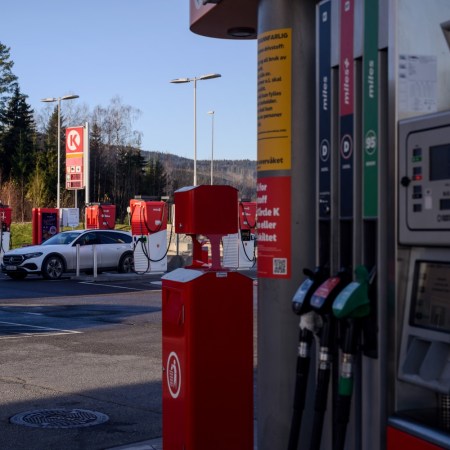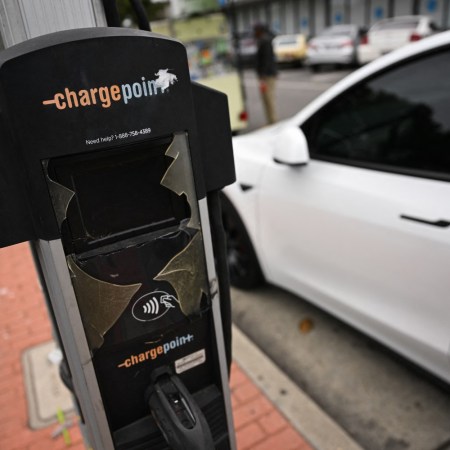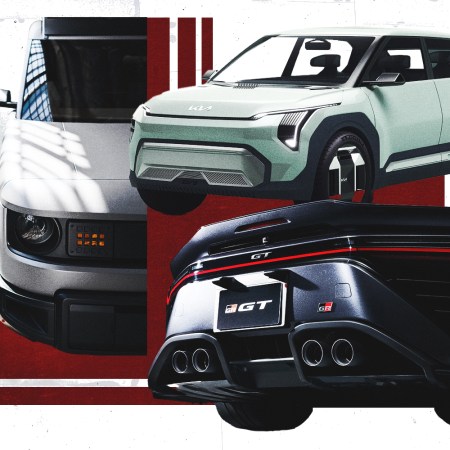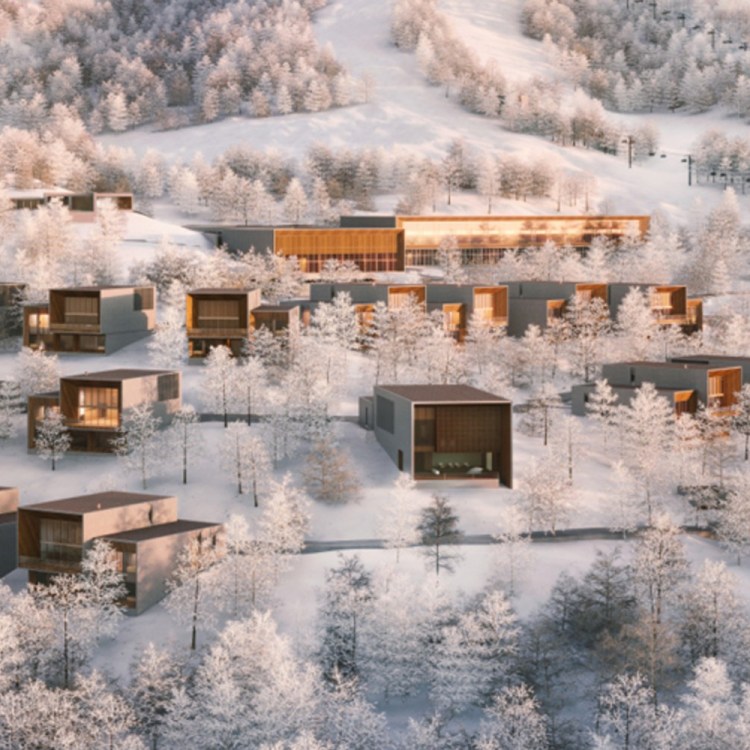Given that charging EVs currently takes longer that refueling their gasoline-powered counterparts, it’s becoming more apparent that charging stations will need to become destinations in their own right. Some companies like Sheetz and Buc-ee’s have leaned into this, giving drivers a place where they can get something to eat or drink while their EV’s battery gets charged. There’s something similar afoot with Tesla’s partnership with Wawa, to cite one example.
This week, Tesla opened an expansive new charging station known as the Oasis, which broke ground last year. Currently, drivers visiting the location in Lost Hills, California will have access to 84 charging stalls – but that’s just the beginning. “168 stalls, 11 MW of solar, 10 @Tesla_Megapack constructed in 8 months in Lost Hills, CA,” Tesla announced in a post on X/Twitter. “84 stalls now open, solely powered by the sun and operating off-grid. Remaining stalls & lounge coming later this year.”
As that announcement shows, the scale of the project is only one part of the overall appeal. This isn’t just a charging station — it’s a self-sustaining charging station that relies on solar power for its operations. And the addition of a lounge will, presumably, give drivers another reason to visit: a comfortable space where they can wait while their vehicles recharge.
Building More EV Chargers Is Important — But They Also Need to Work
When fast charging isn’t as fast as you’d thoughtIn an article for Electrek, Fred Lambert has a good analysis of the Oasis announcement. Lambert points to the sheer size of this project: 30 acres is not exactly small; imagine twelve regulation MLB fields and you have an idea of the land required. Lambert also points to recent legislation that could have an adverse effect on solar power; while the Oasis is an impressive accomplishment, time will tell if it’s replicable.
This article appeared in an InsideHook newsletter. Sign up for free to get more on travel, wellness, style, drinking, and culture.
















